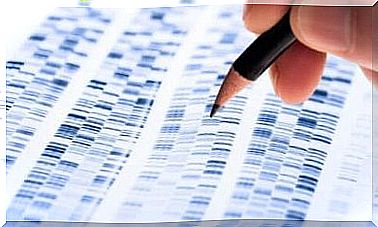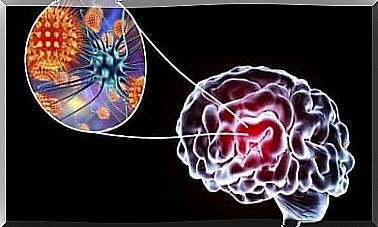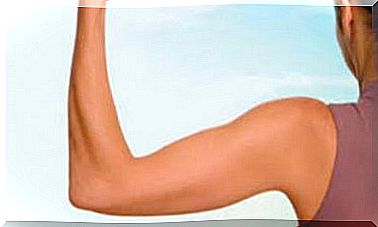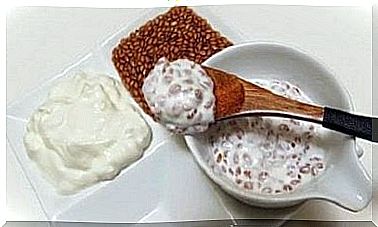Tips To Prevent Skin Diseases
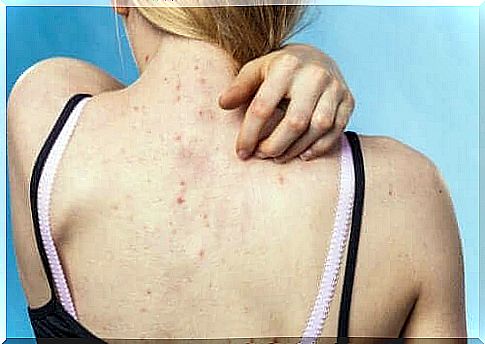
The skin is the most visible organ and possibly one of the most vulnerable to suffer from changes. Despite the fact that skin conditions are usually not serious, the symptoms they cause are bothersome. Do you know how to prevent the most common skin conditions?
No other organ of the human body changes as much as the skin. This is because the skin is exposed to multiple internal and external influences. So discover some tips below to help prevent skin conditions.
What are skin conditions?
The skin is the largest organ of the body. It covers and protects it. Some of the key features include:
- Retaining bodily fluids in the body and preventing dehydration.
- Protection against bacteria and viruses that can cause infections (English link).
- The skin helps you perceive the outside world, for example when it is hot or cold, or wet or dry.
- Regulation of body temperature.
- Production of vitamin D after sun exposure.
Anything that irritates, clogs, or inflames your skin can cause symptoms such as redness, swelling, burning, and itching.
Tips to help prevent certain skin conditions
Usually prevention is the best way to control skin problems. Sometimes pain or discomfort are the first signs of a skin condition developing. It lets you know that you have these issues even if they are not visible.
Below we share general information about common skin conditions and how to control them:
Skin rash

Skin rash is red, painful and itchy. Some rashes can also lead to blisters or rough patches of skin. Furthermore, rash is a symptom of many different clinical pictures.
People can get a rash that looks like acne or measles. There are several ways to control a rash based on the severity of the rash.
Because many different things can cause a rash, it is important to find out what type of rash you are suffering from before treating it. If the rash is severe, does not improve, or if you suffer from other symptoms, you should see a doctor.
Treatments include:
- Moisturizing creams.
- lotions.
- To bathe.
- Cortisone creams that relieve inflammation.
- Antihistamines that relieve itching.
Sun allergy is also one of the many skin disorders
This term includes various skin conditions, such as polymorphic light eruption (PLE), solar urticaria (SU), actinic prurigo, or porphyria.
When some people sunbathe, they may suffer from hives or pimples on the face, neckline and arms. If this affects you, you should consult your dermatologist to rule out more serious conditions. Discover recommendations below that may be helpful:
- Avoid sun exposure between 11 a.m. and 4 p.m.
- Wear a headgear.
- Do not expose yourself to the sun if the rash starts to appear.
- Cover the affected areas.
- Use special sunscreen for sun allergies.
Sunspots or melasma
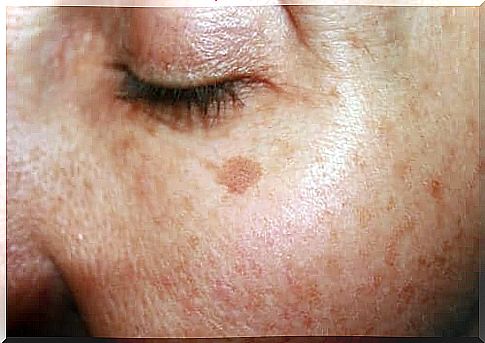
Changes in pigmentation increase during the summer due to sun exposure. Below we share some tips to help you avoid them:
- Keep an eye on the area above your upper lip, cheeks and forehead as these are the most affected areas.
- Avoid irritating the area, as this can lead to new sun spots or spread existing ones.
- It is essential to take measures to protect against the sun and use, for example, caps, hats and sunglasses. In addition, you should try to stay in shady places.
- Apply the sunscreen 20 to 30 minutes before sun exposure and reapply every two hours to maintain the protective effect.
- Do not use irritating cosmetic products. The sun can activate some and thus cause inflammatory reactions.
athlete’s foot
This skin condition is a fungal infection that affects the feet. It mainly affects the spaces between the toes. To prevent athlete’s foot, we recommend that you:
- Dry your feet well after washing, especially between your toes.
- Put on clean socks every day and change your shoes.
- Do not leave your feet in hot water for too long as this facilitates the penetration of fungi.
- Do not walk barefoot around public swimming pools and showers.
- Hydrate your feet every day.
- If you have an infection, using an antifungal cream for a few days is usually enough.
- At the end of the day, take an antiseptic foot bath.
Back spots or tinea versicolor

This is another type of fungal infection that mainly affects men between the ages of 15 and 30, who live in warm and humid countries. It causes the appearance of well-defined round dark brown or pinkish white patches covered with scales on the trunk (mainly the back) or extremities. We recommend the following for this condition:
- First of all, be careful with sweat, sebum and high temperatures, as these are the optimal conditions for mold growth.
- In the summer, avoid tight-fitting clothes and clothes that are not breathable.
- Remove excess sebum and sweat with a mild cleansing lotion.
- In the spring and summer, apply tinea versicolor medication topically in the form of soaps or shampoos. Use them once or twice a week to keep it from coming back.
- The use of an antifungal cream may be enough to cure the condition. However, the most resistant fungi may require oral medication.

